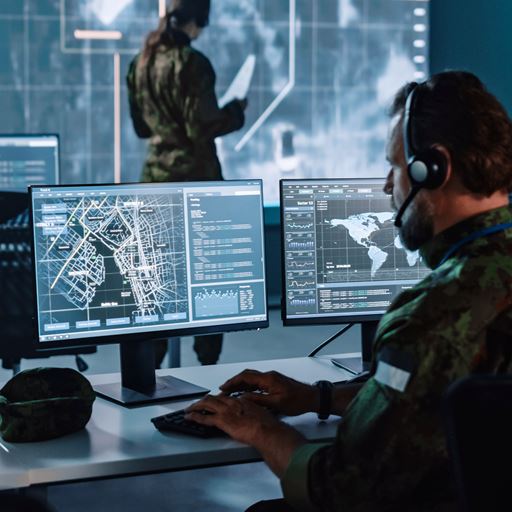



Video conferencing is a powerful tool that has transformed the way people communicate and collaborate. With its ability to provide secure and reliable communication, video conferencing has become an essential tool for telemedicine, remote work, and crisis management. As technology continues to advance, we can expect video conferencing to play an even more significant role in our lives.
LEO Satellites and Their Impact on Aeronautical Satcom LEO (Low Earth Orbit) satellites are a new generation of satellites that operate at a lower altitude than traditional satellites. They have a lower latency, making them ideal for real-time applications such as video conferencing and telemedicine.
Video conferencing technology has revolutionized the way people communicate and collaborate in today's digital age. With the rise of telemedicine and remote work, secure and reliable video conferencing has become an essential tool for individuals and businesses alike. Whether it's connecting with patients or colleagues, video conferencing enables real-time communication and collaboration from anywhere in the world.
One of the primary benefits of video conferencing is its ability to provide a secure and confidential platform for sensitive conversations. Healthcare professionals can use video conferencing to connect with patients remotely and provide high-quality telemedicine services. With end-to-end encryption and other advanced security features, video conferencing platforms ensure that patient data remains safe and protected at all times.
In addition to telemedicine, video conferencing is also widely used for business purposes, such as team meetings, client presentations, and project collaborations. With reliable video conferencing technology, businesses can connect with team members across different locations and time zones, improving communication and productivity.
Even in times of crisis, video conferencing has proven to be an indispensable tool. During the COVID-19 pandemic, video conferencing technology was used to set up “war rooms” where healthcare professionals could coordinate their efforts and share critical information in real-time.


